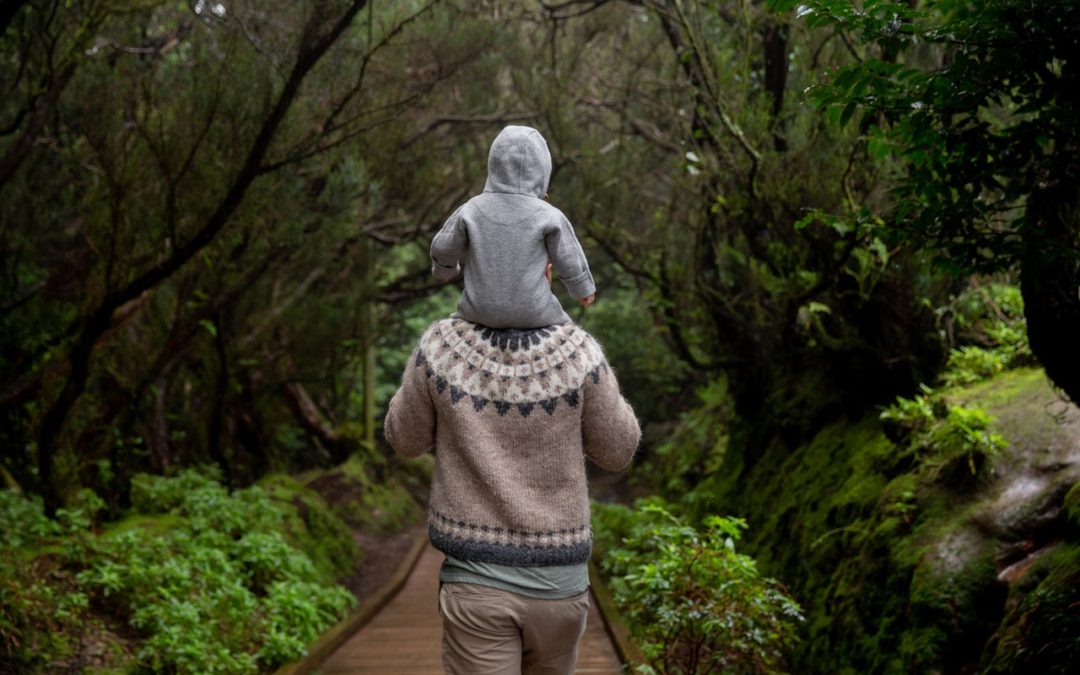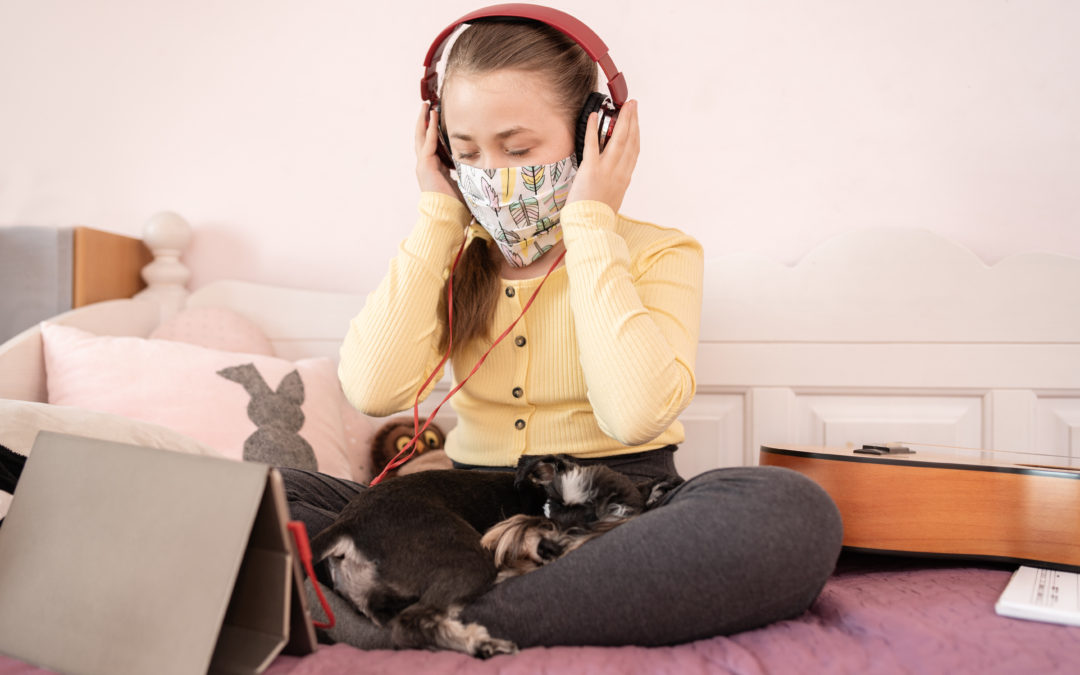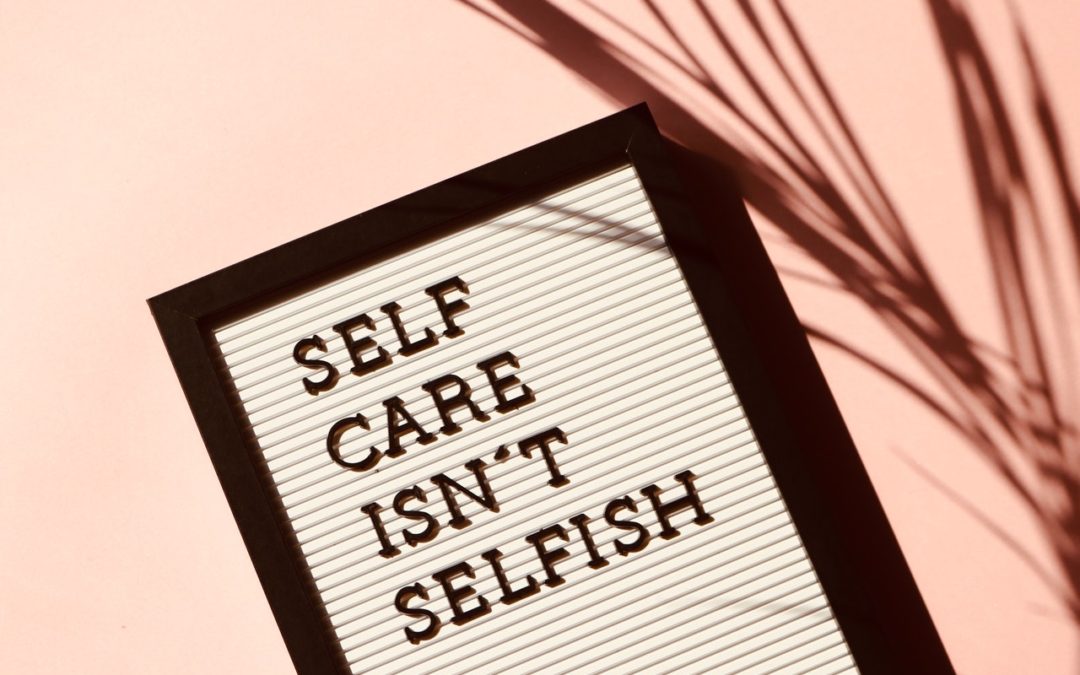
Let’s Go Outside and Hear Some Music!
The lazy, hazy days of summer are officially upon us. This summer presents a few unique challenges for entertaining our children as many public places, camps, and activities remain closed due to the pandemic. After an entire spring of homeschooling and continued social distancing, it’s safe to say that we all need a little relaxation in our lives. Going outside and hearing the music of nature is a great way to find some peace of mind during these chaotic times.
Notice the sounds
The first step to finding music in nature is to simply hear the sounds. Go outside and listen. This is an ideal opportunity to be mindful. Take a minute to drown out the noise of your inner thoughts, and focus entirely on the sounds of the moment.
Do you hear wind in the trees? How about birds chirping? Maybe you hear some human-made sounds, like the hum of an air conditioner or cars. If you listen closely enough, the sounds of nature will prevail.
Notice the rhythms
A biophony is the collection of sounds that animals make in an environment. Biophonies are the result of not just one animal voice, but all animal voices in a single ecosystem. For example, the calls of birds and croaks of frogs. In the healthiest of ecosystems, all sounds and calls of animals can be heard amongst each other.
A biophony is a natural and authentic orchestra. In our modern world, it is tough to find a healthy ecosystem, and therefore biophony. As such, it is ultra-rewarding to notice those rhythms that stand out over our human-made sounds.
To make a successful biophony, animals make their calls, and sing their songs in different rhythms, so that all might be heard. In an ideal ecosystem, not one voice goes unheard. If the concept of a biophony interests you, check out this audio book by Bernie Krause called: The Great Animal Orchestra: Finding the Origins of Music in the World’s Wild Places.
Look around and play!
If you are a parent or caring for children this summer, turning nature into an instrument can be a great activity.
When you look around, do you see any objects of nature that could be used as instruments? Perhaps start with finding some sticks. Tap them on different places. Do they sound different when you tap them on rocks versus the bark of a tree?
If you are near water or have a bucket you can fill, try grabbing a handful of pebbles and drop them in one-by-one. Plunk, plunk, plunk into the water.
If you live near a sidewalk, take some different materials and see what they sound like when you scratch them on that concrete. How do rocks sound different from sticks?
Need some more inspiration? Check out the music video below made entirely from sounds in nature! We hope you find some music and relaxation in the nature near your home!
Blog submitted by Katie Pistilli





